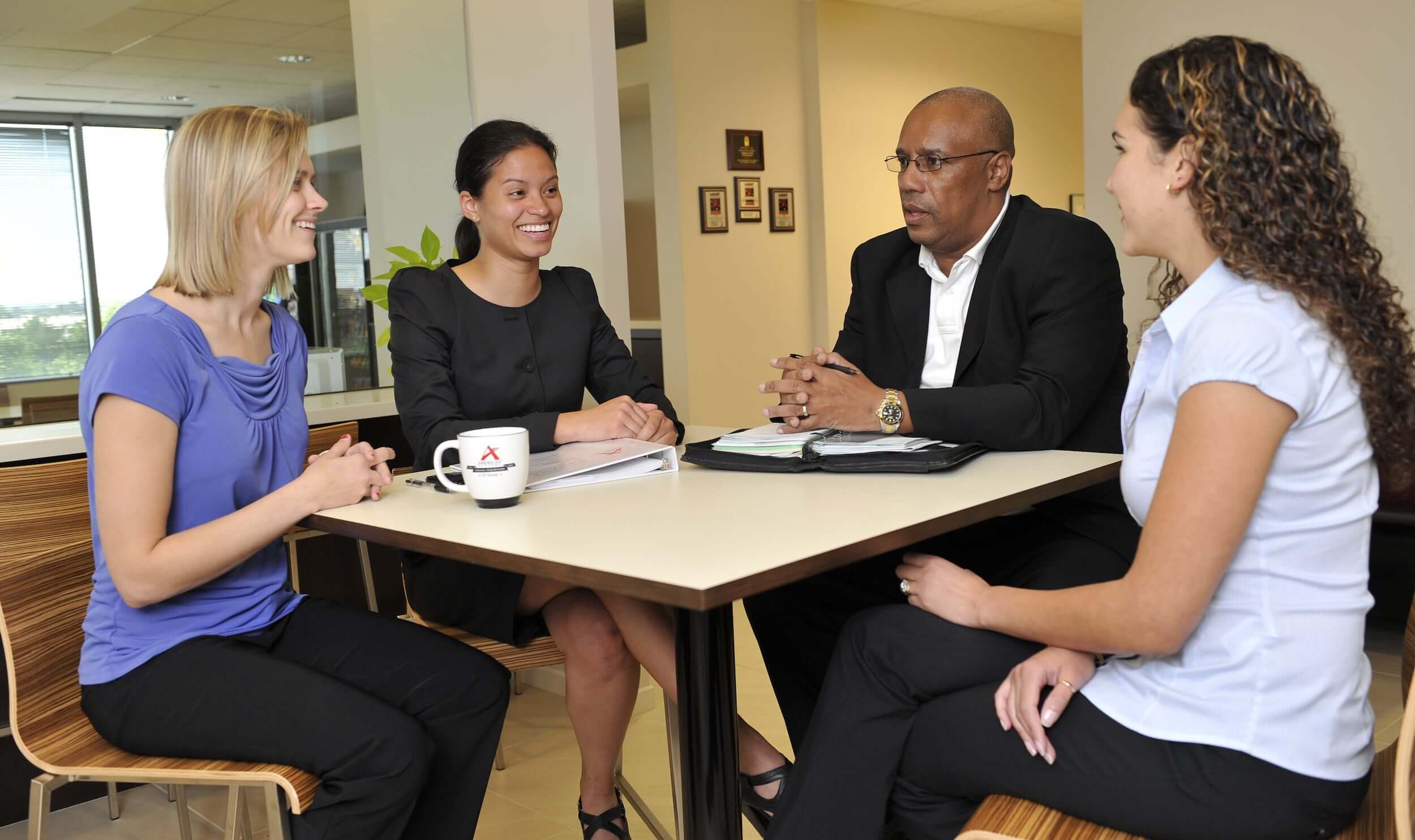
Northern Virginia Diversity
Among the Most Diverse Regions in the Country
Northern Virginia’s diverse combination of cultures is what makes our region so unique. We’re one of the most racially, ethnically, and internationally diverse in the United States.
The region’s population includes 27% international residents representing more than 120 countries. This diverse population encourages a unique merging of cultures, backgrounds and identities. Northern Virginia’s diversity is celebrated in many ways – from delicious international cuisine to musical performances and more.
Many of the companies operating in Northern Virginia are committed to hiring diverse candidates. In fact, 13 of our companies earned a spot on Forbes’ list of America’s Best Employers for Diversity 2020.
Entrepreneurs looking to start their own business will join a robust, diverse community in Northern Virginia. In Fairfax County, 41 percent of businesses are minority-owned. Here, there’s a welcoming community for everyone.
As the Washington D.C. region continues to grow, Northern Virginia is leading the way. According to 2020 U.S. Census data, Northern Virginia accounted for nearly half of the total population growth across the region.
Data from the Census shows that in Fairfax County, one in six residents are Hispanic or Latino, while one in five identifies as Asian. The region’s population grew over 13% since the last U.S. census in 2010. Northern Virginia ranked among the top for overall growth, as well as the highest level of increased racial and ethnic diversity.
Rankings
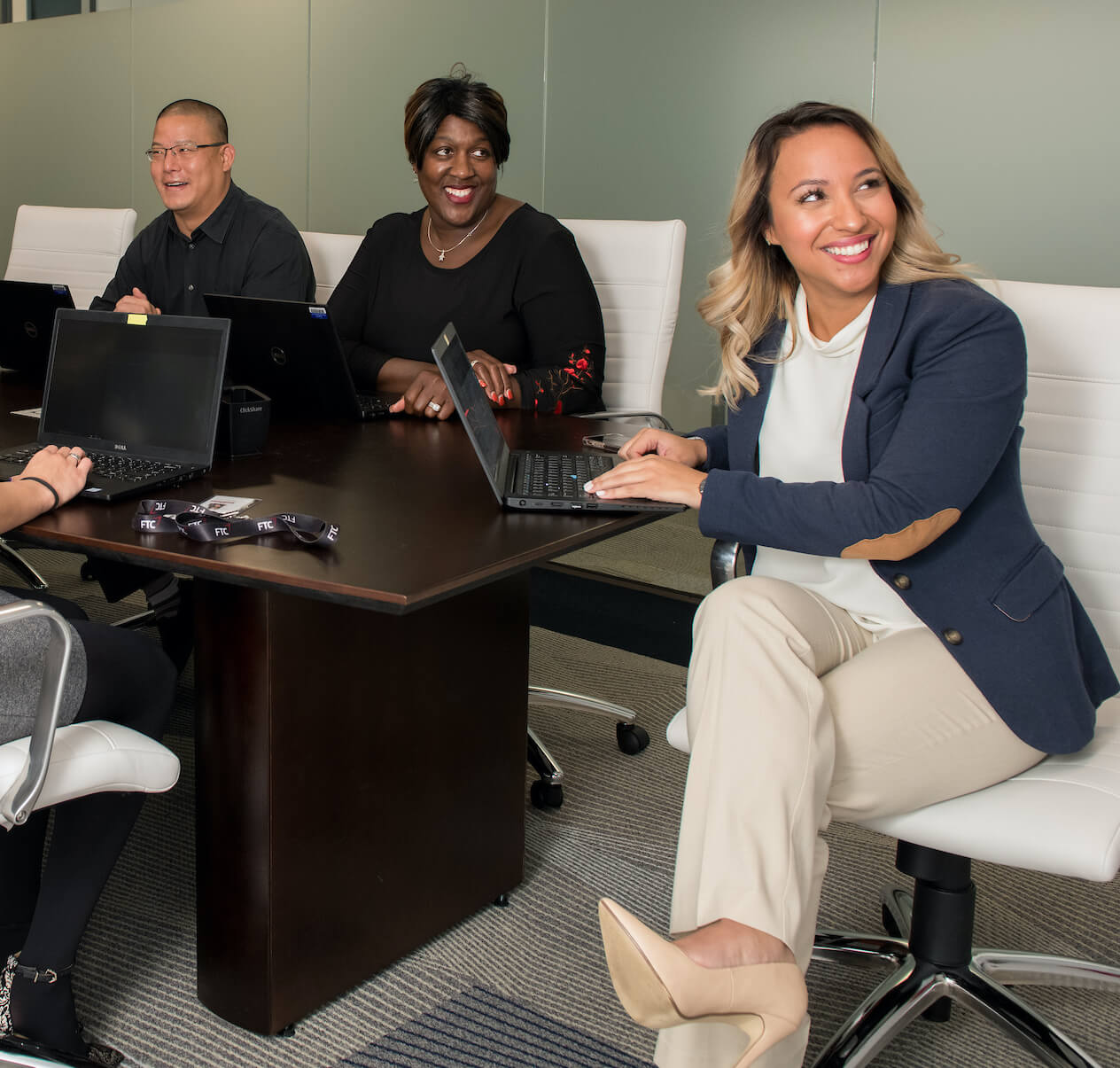
of businesses are minority-owned
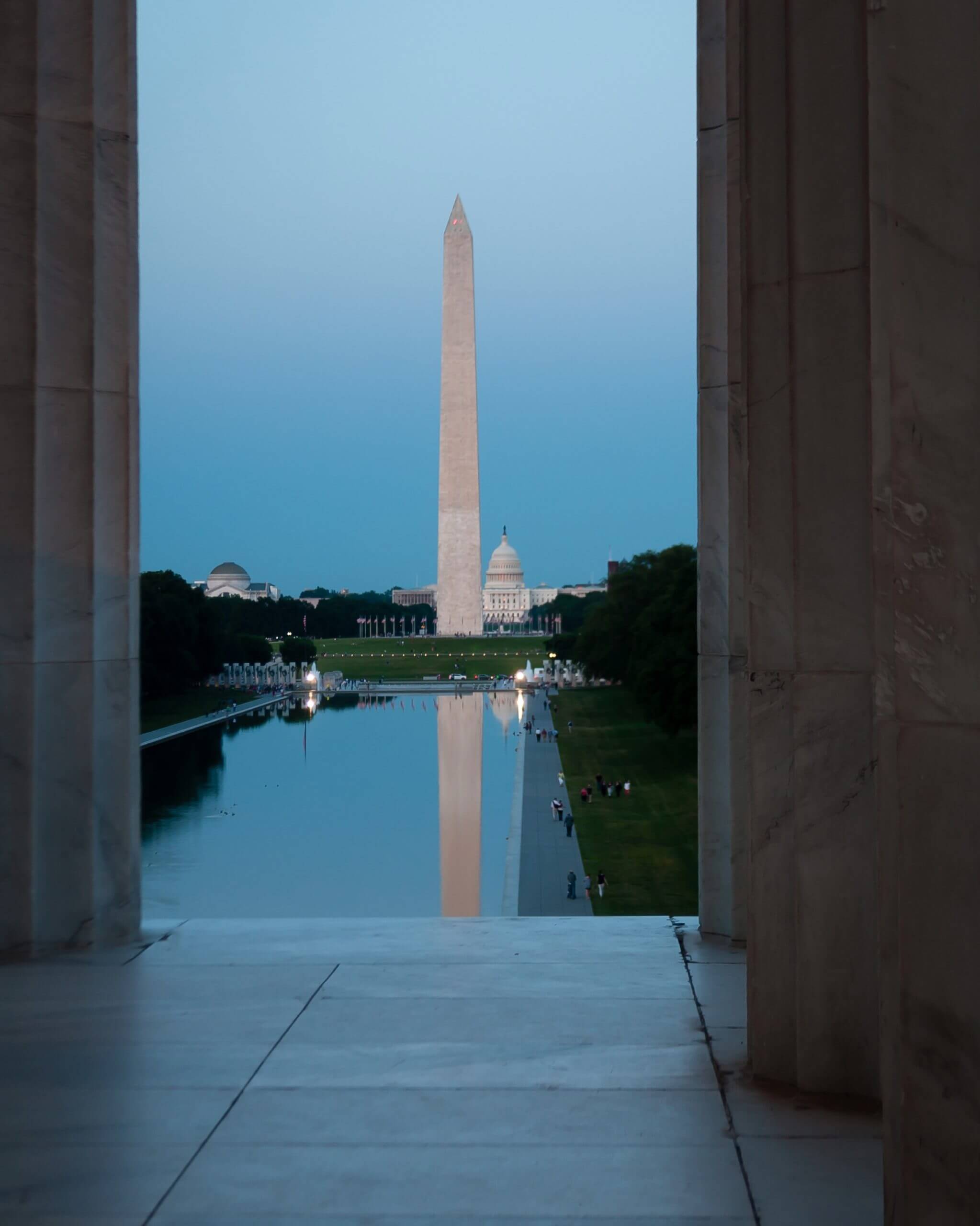
Highest percentage of Black STEM professionals, and ranks the best for gender diversity
Surpassing NYC and L.A. for diversity in STEM View SmartAsset's Study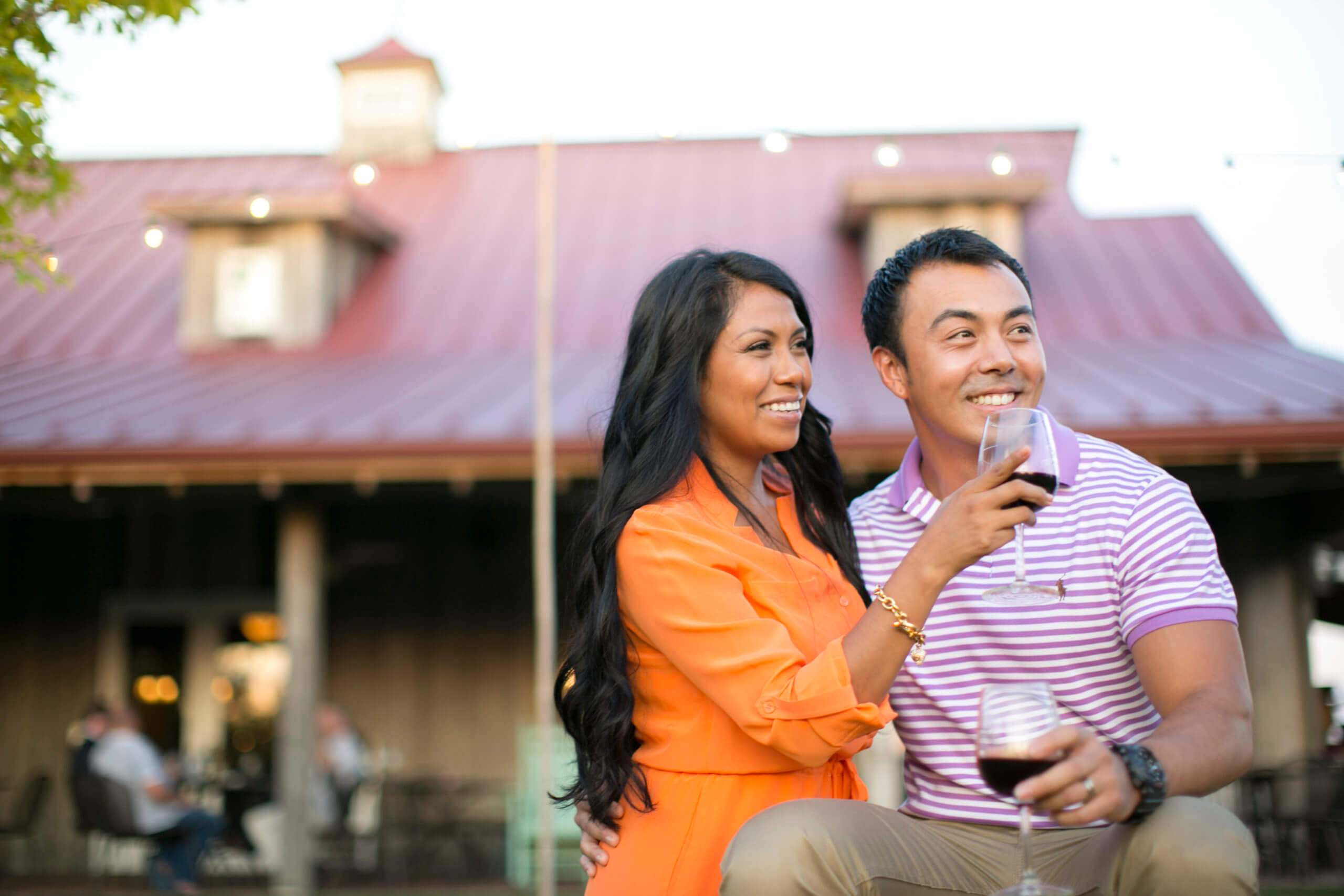
international residents, representing more than 120 countries
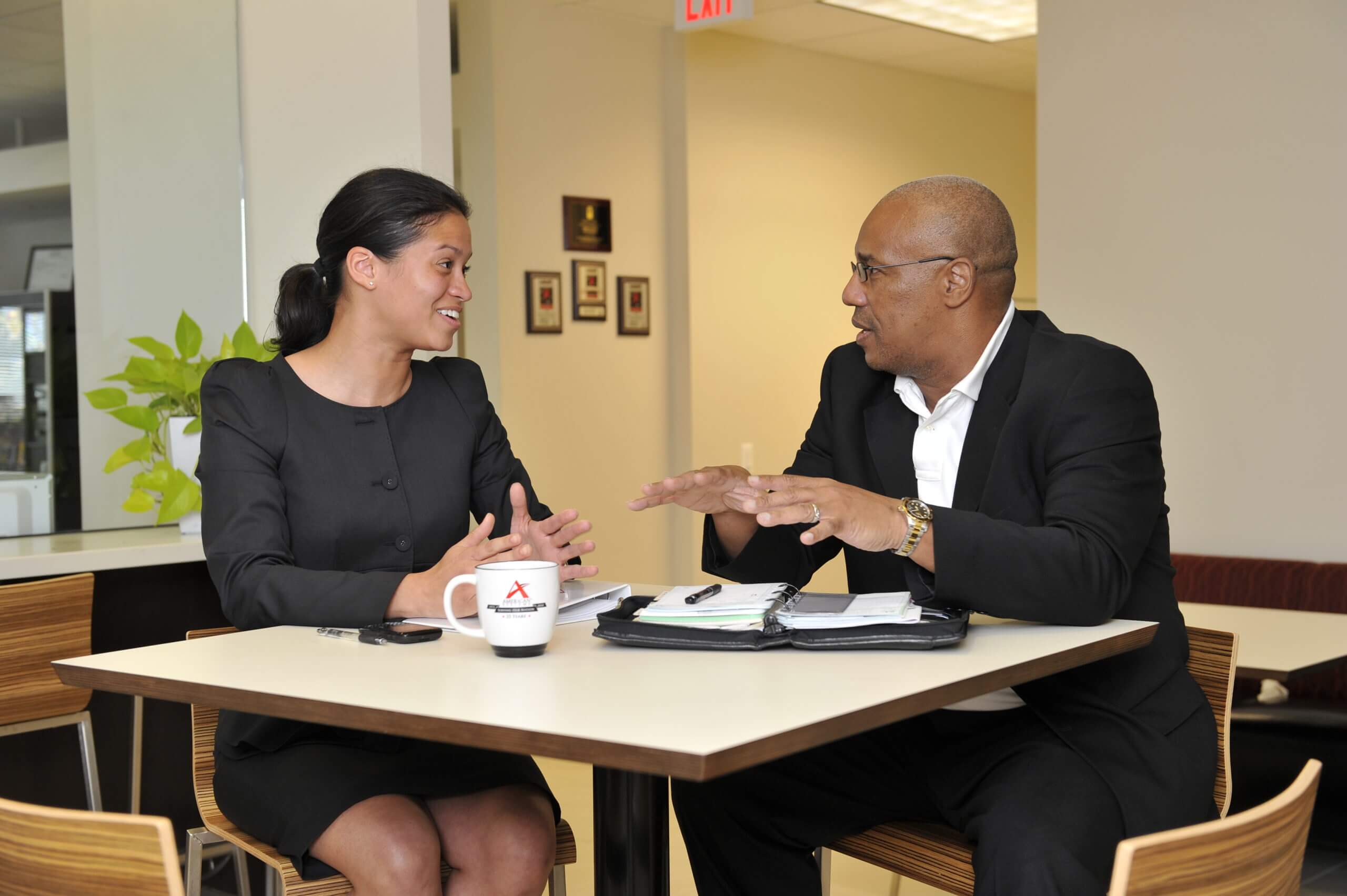
For diversity among major tech hubs, with 31.4% of IT professionals being women
CBRE's 2022 Scoring Report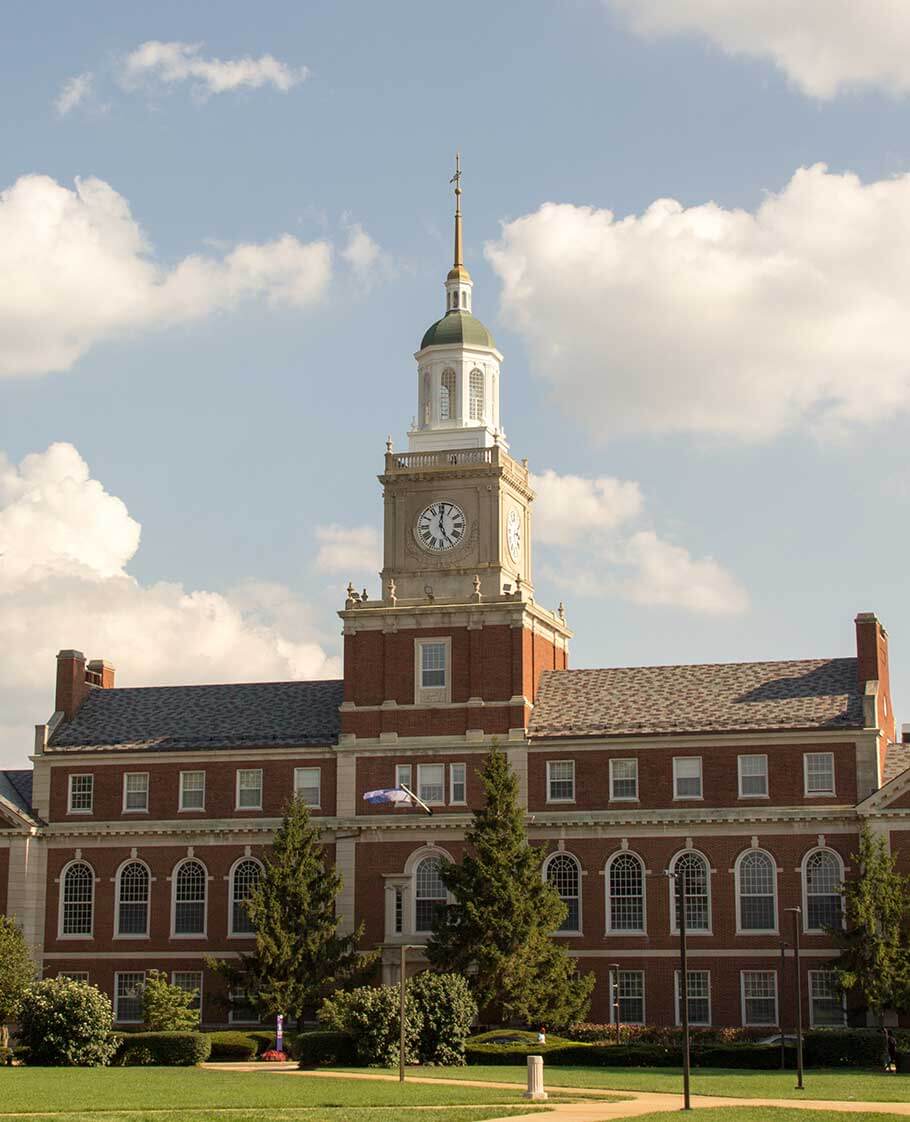
Howard University: Top HBCU in the U.S.
Times Higher Education Best Historically Black Colleges and Universities in the U.S. VIEW RANKING HERECreating Opportunities for All Students
One of the best HBCUs in the nation, Howard University, sits just across the river from Northern Virginia. Located in downtown Washington D.C., Howard has an enrollment of approximately 11,000 students. Its undergraduate, graduate, professional, and joint degree programs span more than 120 areas of study within 13 schools and colleges.
Another local school, the University of the District of Columbia, is a public, Historically Black land-grant university. The university offers over 81 degree programs across a wide range of education levels and interests. Both of these universities are dedicated to educating students from diverse backgrounds.
Bowie State University in Maryland is one of the 10 oldest HBCUs in the nation, founded in 1865. The university offers 23 undergraduate majors, 20 master’s degree programs, 14 certificates and two doctoral programs.
Thousands of people across the nation come to the area to study at some of the best HBCUs in the country. Many students who come for school stay in the region after graduation to take advantage of the thriving job market.
The following HBCUs are within a three-hour radius of Northern Virginia:
Virginia:
- Norfolk State University
- Virginia State University
- Hampton State University
- Virginia Union University
- Virginia of University of Lynchburg
Washington D.C.:
- Howard University
- University of the District of Columbia
Maryland:
- Bowie State University
- Coppin State University
- Morgan State University
- University of Maryland Eastern Shore
Local Businesses Strive for Diverse Leadership and Employees
Thirteen Fairfax County-based companies were listed on Forbes’ list of America’s Best Employers for Diversity 2020. The top-ranked companies included Booz Allen Hamilton, Capital One, Hilton and Navy Federal Credit Union, among others. Strong commitments to diversity and inclusion can be found on the Booz Allen Hamilton, Capital One and Hilton sites.
Among other initiatives, the companies offer business resource groups for women, LGBTQ+ and multicultural groups aiming to foster an inclusive environment. With 41 percent of small businesses in Fairfax County being minority-owned, diverse entrepreneurs are welcome here, too.
The Washington D.C. metro region ranks #4 in Smart Asset’s Best Cities for Diversity in STEM. The region ranks above New York City and Chicago.
According to the study, Hispanic and Latino workers account for 10 percent of STEM workers in the region. Black workers comprise more than 24% of the area’s STEM industry. Women make up almost 38% of the 49,100 metro area’s STEM workers.
Additional resources are listed below:
